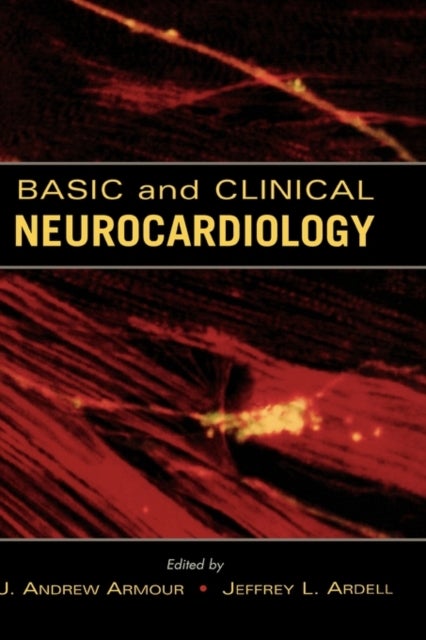
Basic and Clinical Neurocardiology
1489,-
The progression of heart disease is associated with changes in the neurohumoral mechanisms that control cardiac function. The degree to which this neurohumoral remodelling occurs, even before overt signs of cardiac disease become manifest, is important for prognosis. To determine why some patients experience sudden death while others sustain life in the presence of severely compromised cardiac function, the neuronal control of cardiac electrical and mechanicalevents must be considered.Starting at the level of individual neurons and building upwards, this book describes the synergistic interactions that occur among intrathoracic and CNS feedback loops to permit precise control of regional cardiac behaviour. On this basic science foundation, subsequent clinical chapters explore the remodelling that occurs in this system with ageing, with the evolution of specific cardiac pathologies, and with the psychological concomitants of heart disease. Most importantly, these chaptersprovide unique








